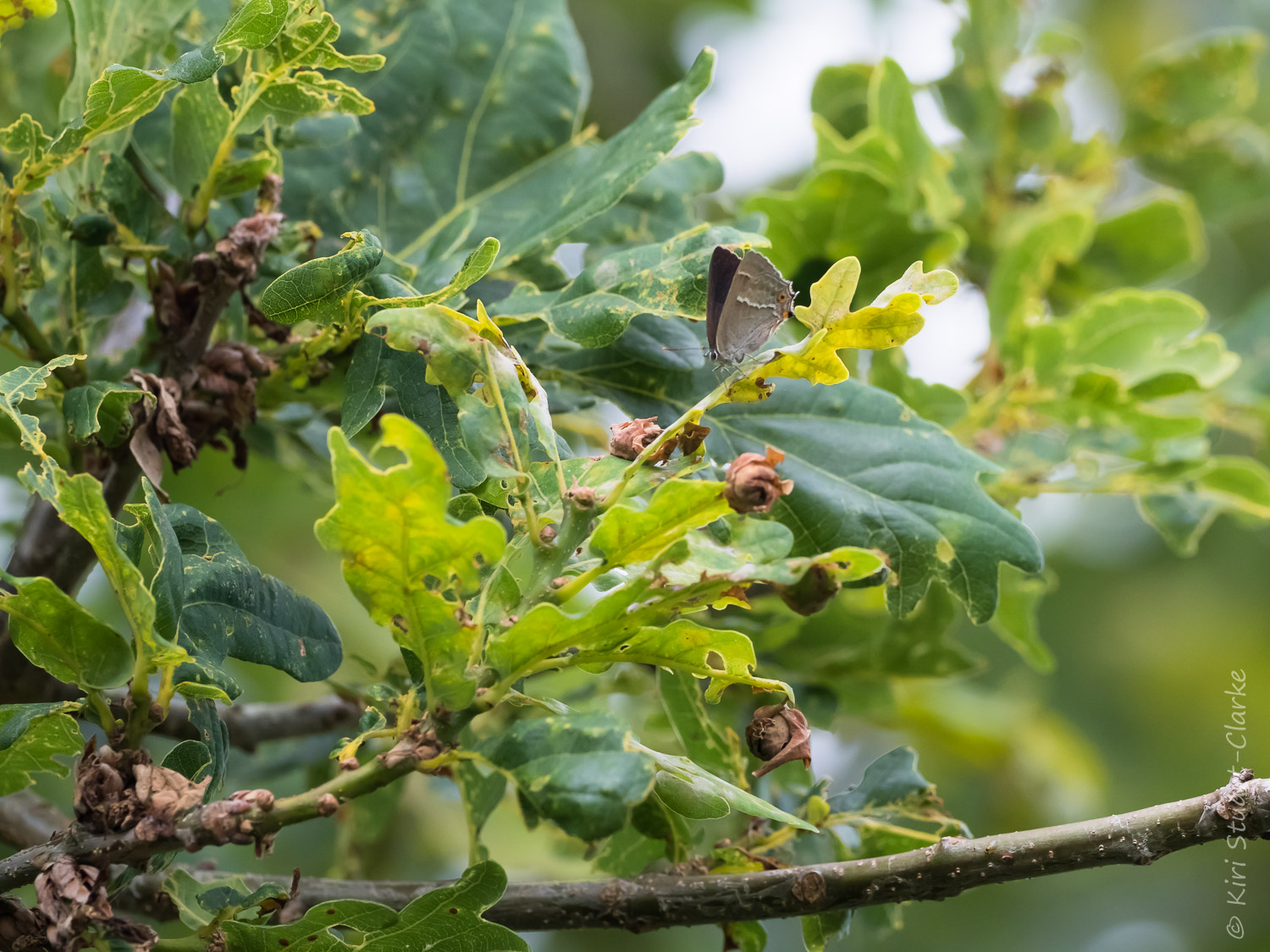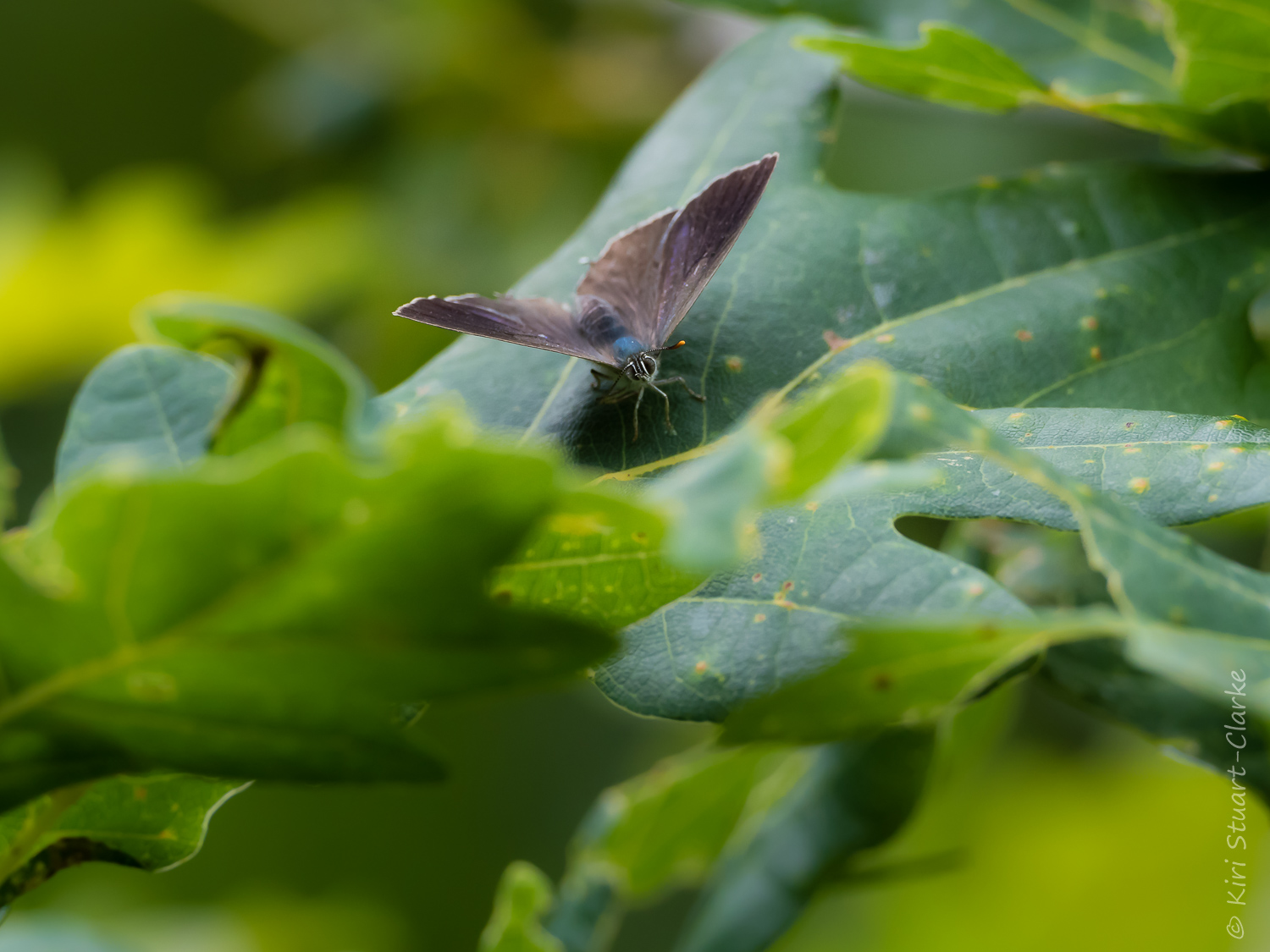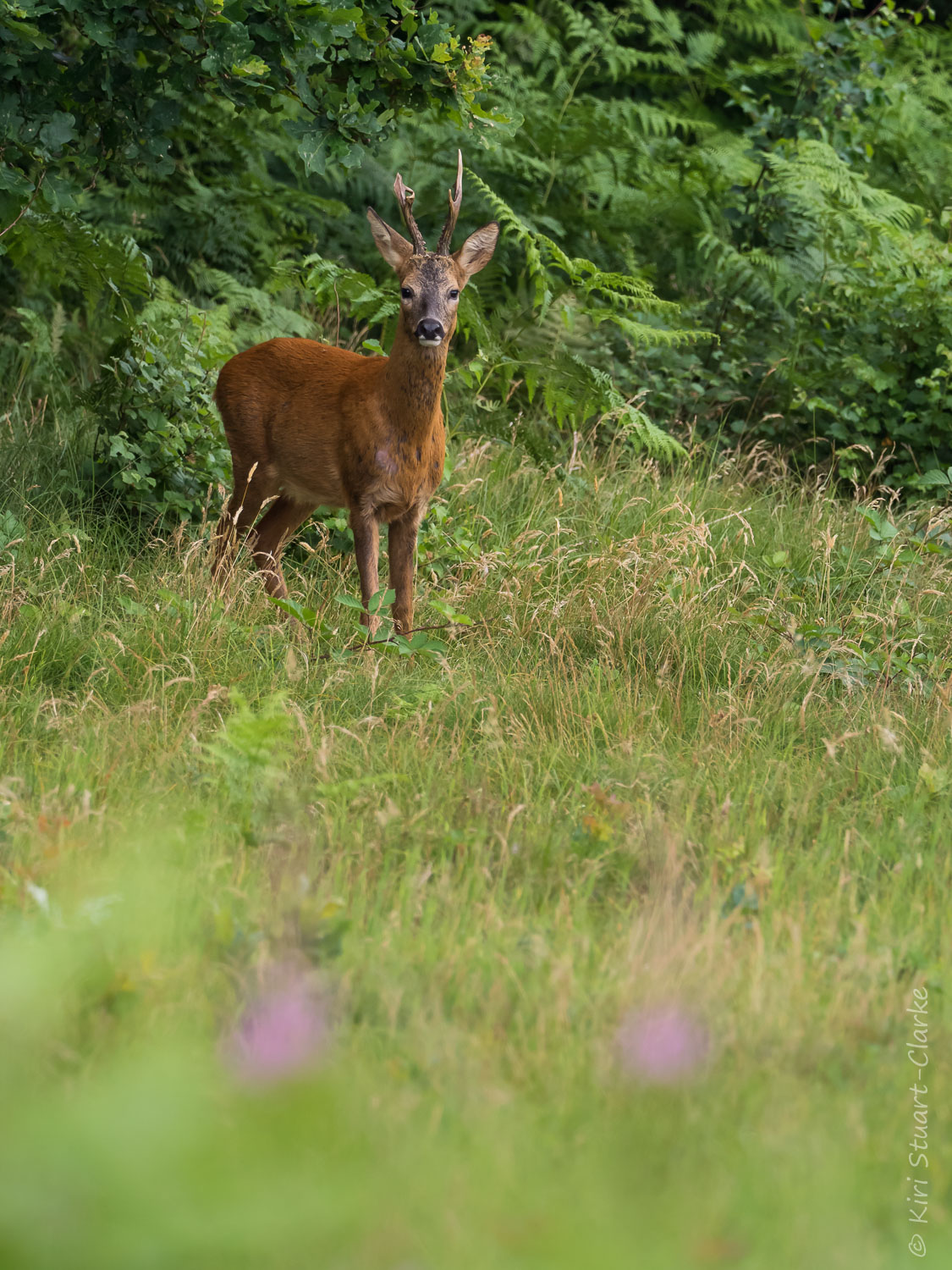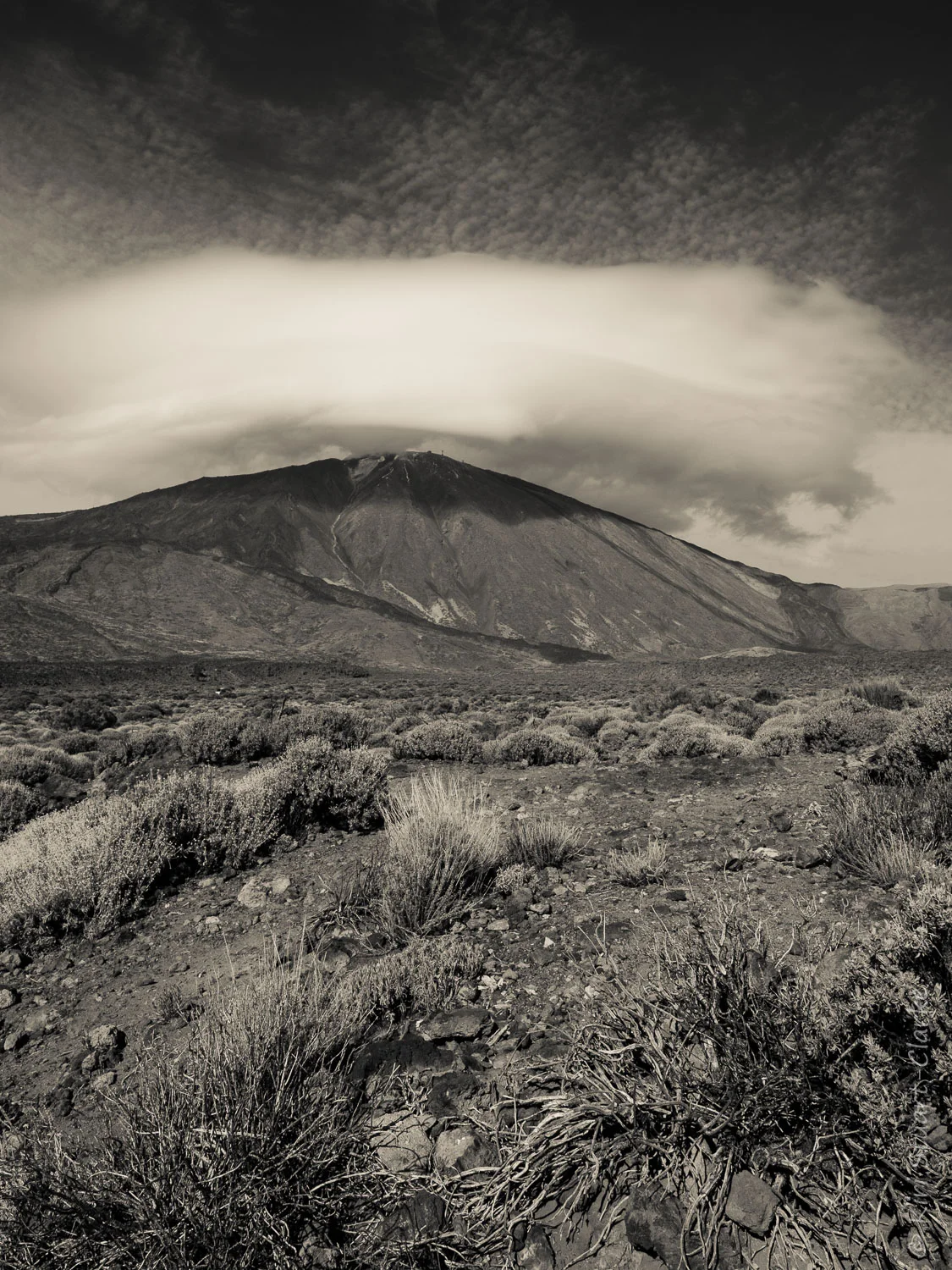Purple Emperor's caterpillar host plant is the Willow tree family. It prefers the Common Sallow (Grey Willow, Salix Cinerea) but will also use Great Sallow (Goat Willow, Salix Caprea) and Crack Willow (Salix fragilis)
In last July's blog I wrote of my bitter disappointment at my foiled attempt to see the most celebrated British butterfly, the Purple Emperor, while discovering that, in the famous words of Dorothy from the Wizard of Oz, "there's no place like home".
To rub salt into the wound, 2017 proved to be an amazing season for Apatura iris and a particularly bad year to be benched. Right as my blog was published, Purple Emperors were, remarkably, seen for the first time in the Sheringham/Beeston area on the North Norfolk coast. They will need to be recorded for five consecutive years however to be classed a Norfolk resident.
I spent the year conserving my energy and biding my time, yet all the while the memory of the trip I hadn't made to see the King of butterflies in a peak season linged in the recesses of my mind, surfacing occasionally to niggle away at me. His majesty had ensnared me after all, at least a little.
Come late June and I had some leave left at work. The timing looked on paper to be perfect, but after a bumper year last year, I fretted that the early super-cold snap might have affected them. What if the population had collapsed, or this year's weather proved unfavourable?
White Admirals look similar to Purple Emperors but are smaller, lack the orange markings and purple iridescence
My first week off was an anti-climax, dry but coolish, windy and unsettled. No reports showed and I felt fidgety, restless and frustrated, fearing that my timing was off and I would have another run of bad butterfly luck.
Suddenly the temperatures rose, the long predicted heatwave actually appeared and reports started to trickle in. I grasped my last chance to take the trip and headed towards a less visited Wood in Northamptonshire, close to the Purple Emperor's stronghold at Fermyn Woods.
I experienced butterflies of the tummy variety as I drove up the deserted, deeply rutted dusty track at my destination. I'd been running a little late and the temperatures were soaring. Emperors are notoriously active in the afternoons and apparently once charged up rarely come down from the canopies. Was I already too late?
As I got out of my car my spirits lifted. A large black and white butterfly immediately swept past the car door zooming along, low above the ground at a high rate of knots. Could it be that easy? Had I already seen my target? Was it a female Purple Emperor or the smaller also black and White Admiral? I'm not sure I will ever be certain whether that was really my first sighting. The flight was fast and powerful, though I definitely didnt catch a flash of purple.
Nonetheless it proved a good omen, as I had barely entered fifty yards into the woods when I found an elderly Black Hairstreak and an unusually confiding White Admiral basking by the side of the path.
Just a few yards further on I suddenly spotted a fellow Emperor hunter photographing a sizeable butterfly "puddling" (taking up salts from mud) on the ground. The richly marked russet-orange underwings were unmistakeable - this was was no White Admiral!
Female Purple Emperor, lacking the purple iridescence, perched on a Sallow branch feeding on aphid honeydew
Purple Emperors also take in trace salts from the ground, animal droppings and other pungent substances, a behaviour known as "mud-puddling"
The Purple Emperor continued to probe the ground with its proboscis, wings stubbornly closed, for some minutes. Then suddenly it snapped its wings open vigorously, catching the sun's rays.
The light glanced off the Purple Emperor's wings obliquely and a flash of iridescent purple appeared from nowhere. His Majesty resplendent in his imperial cloak. Just as quickly the sparkling colour vanished and reverted to black as the butterfly rotated further round towards the sun. Mission accomplished.
The Purple Emperor's iridescence is only visible at certain angles to the sun's rays
For around an hour or so the Purple Emperor and at least one Purple Empress wafted up and down the track in their finery, alternately mud-puddling and looping up high in a figure of eight around what seemed to be a pair of "Master" trees, one an Oak, one a Common Sallow. I was also treated to the sight of a female Purple Emperor perched up in the more attractive setting of a Sallow tree, apparently feeding on honeydew. Shortly after one o'clock I enjoyed my last figure of eight looping fly past and both I and his Majesty parted ways and headed off to attend to the rest of the day's business.
It all seemed so strangely easy in the end that I actually felt a little nonplussed. Why all the fuss, I wondered? Wasn't Iris famously elusive? Where was the challenge, the mystery? Maybe there was none and my scientific research had paid off, maybe I had simply been lucky or maybe, just maybe, fickle fate had at last taken pity on me and requested Iris to grace me with his royal presence in a random act of kindness.
Whatever the answer, I drove home at peace, with the ghost of the Purple Emperor past of 2017 that had never been seen, well and truly laid to rest.
Purple Emperor "mud-puddling" with its wings open











